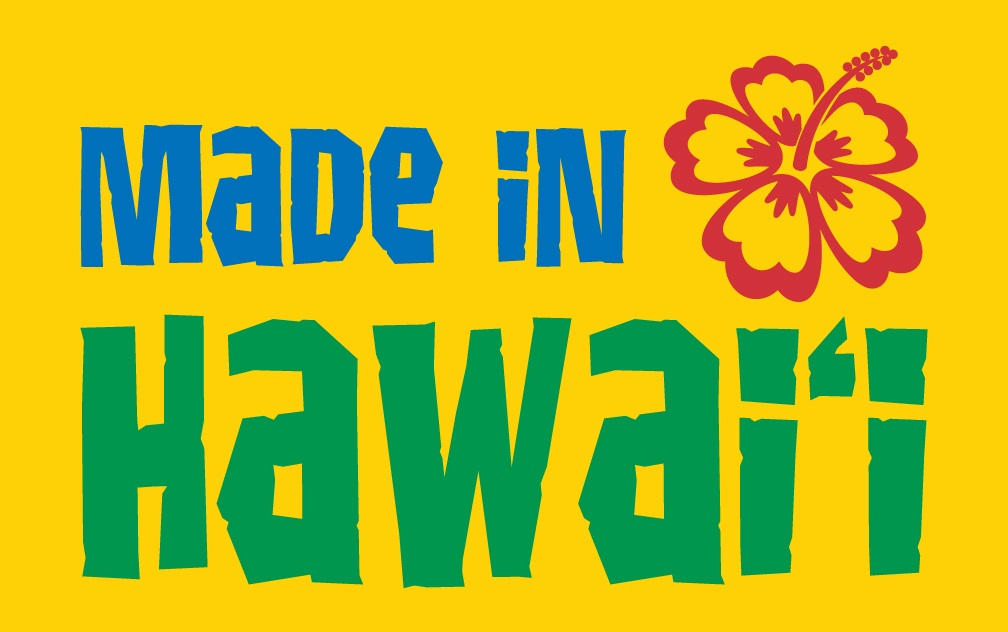
**IMPORTANT PARK NOTICES**
Monitor weather reports before your park visit.
•
[KAUA’I] UPDATE 12/16/25 — Ha’ena State Park: Shuttle SUSPENDED due to inclement weather. Kalalau trail is CLOSED due to high stream levels.
•
[OʻAHU] UPDATE 12/15/25 — Ka'ena Point State Park: Mokulē'ia Section Vehicle Access Gate is temporarily CLOSED due to saturated road conditions.
•
[ALL ISLANDS] UPDATE – 12/12/25: Camping - Reservations for February 1, 2026 and beyond available at https://explore.ehawaii.gov, please create an account on Explore Outdoor Hawaiʻi to make a camping reservation.
Coral Spawning Prompts Temporary Closures at Waialea Bay Marine Life Conservation District
Posted on May 25, 2021(KAILUA-KONA) – Two, half-day closures on May 28 and 29 at Waialea Bay Marine Life Conservation District (MLCD), will allow corals to spawn and produce new keiki.
The beach at Waialea is known locally as Beach 69 and the 35-acre bay is one of eleven MLCDs in Hawai‘i, which enjoy the highest level of protection for their invaluable marine resources.
The half-day closures at Waialea come on the heels of this month’s closures at Hawai‘i County’s Kahalu‘u Bay. During that spawning period, observers saw evidence of natural reproduction of cauliflower coral.
Christopher Teague, an aquatic biologist with the DLNR Division of Aquatic Resources (DAR), said, “The absence of swimmers and snorkelers in the water during spawning will help best ensure successful reproduction.” DAR staff and personnel from the DLNR Division of State Parks will be at Waialea both mornings to answer questions and to help educate people about coral spawning.
In advance of the spawning events at Kahalu‘u, Cindi Punihaole, the director of the Kahalu‘u Bay Education Center explained, “During these spawning events, corals emit reproductive materials known as gametes into the water column, which are carried by the tides to mix and generate planktonic coral larvae. When given the chance to settle undisturbed, the gametes have a greater chance of settling and growing in the bay.”
Lower numbers of people in MLCDs, like Waialea, due to the COVID-19 pandemic and greater awareness about the impacts of sunscreens on aquatic life, have enhanced the growth and recovery of coral life in West Hawai‘i.
Corals spawn during specific moon cycles in the spring. Brian Neilson, DAR Administrator said, “We want to give corals every chance possible to reproduce. Cauliflower coral, in particular, were hammered in both 2015 and 2019 by elevated ocean temperatures which led to mass bleaching events. This, along with all the other environmental stressors reef systems across the state currently face, makes it imperative that we all put up with a bit of inconvenience during spawning.”
Waialea Bay will reopen at noon this Friday and Saturday, but biologists are hoping people will delay their ocean activities for another day or so, as it can take up to 24-hours for corals to successfully reproduce and up to a week or more for new larvae to settle back onto the reef.


